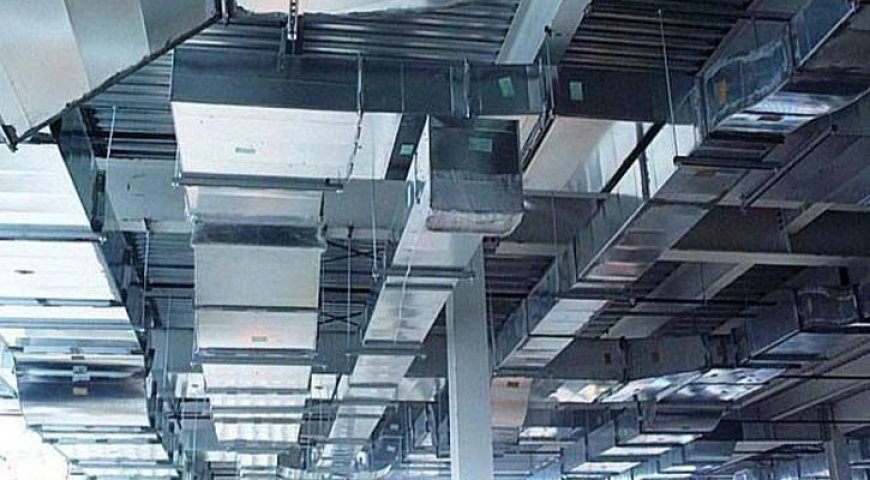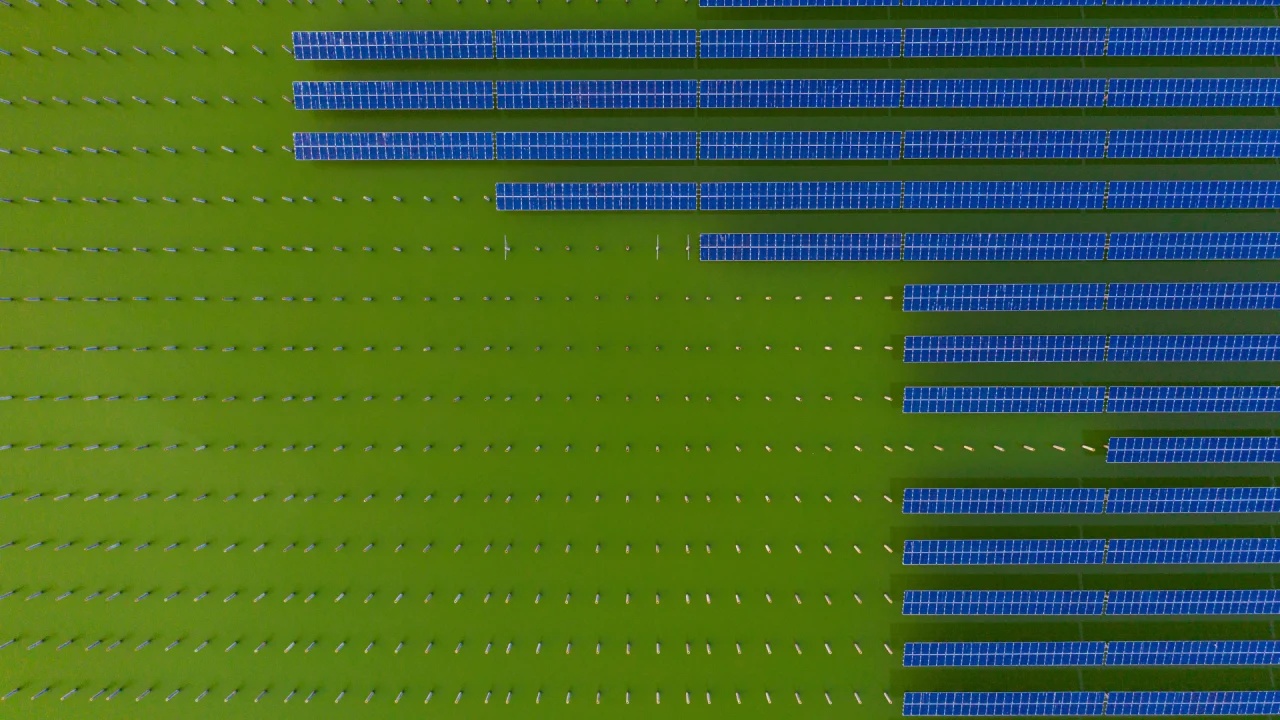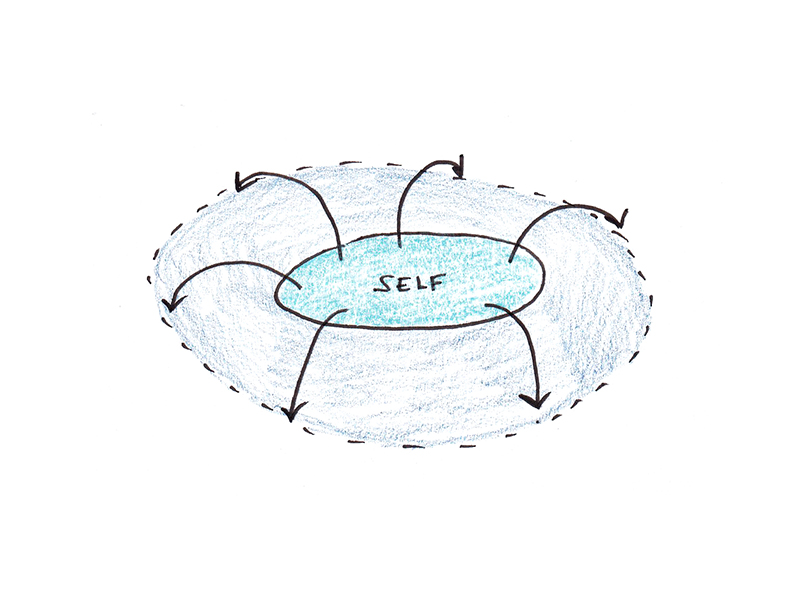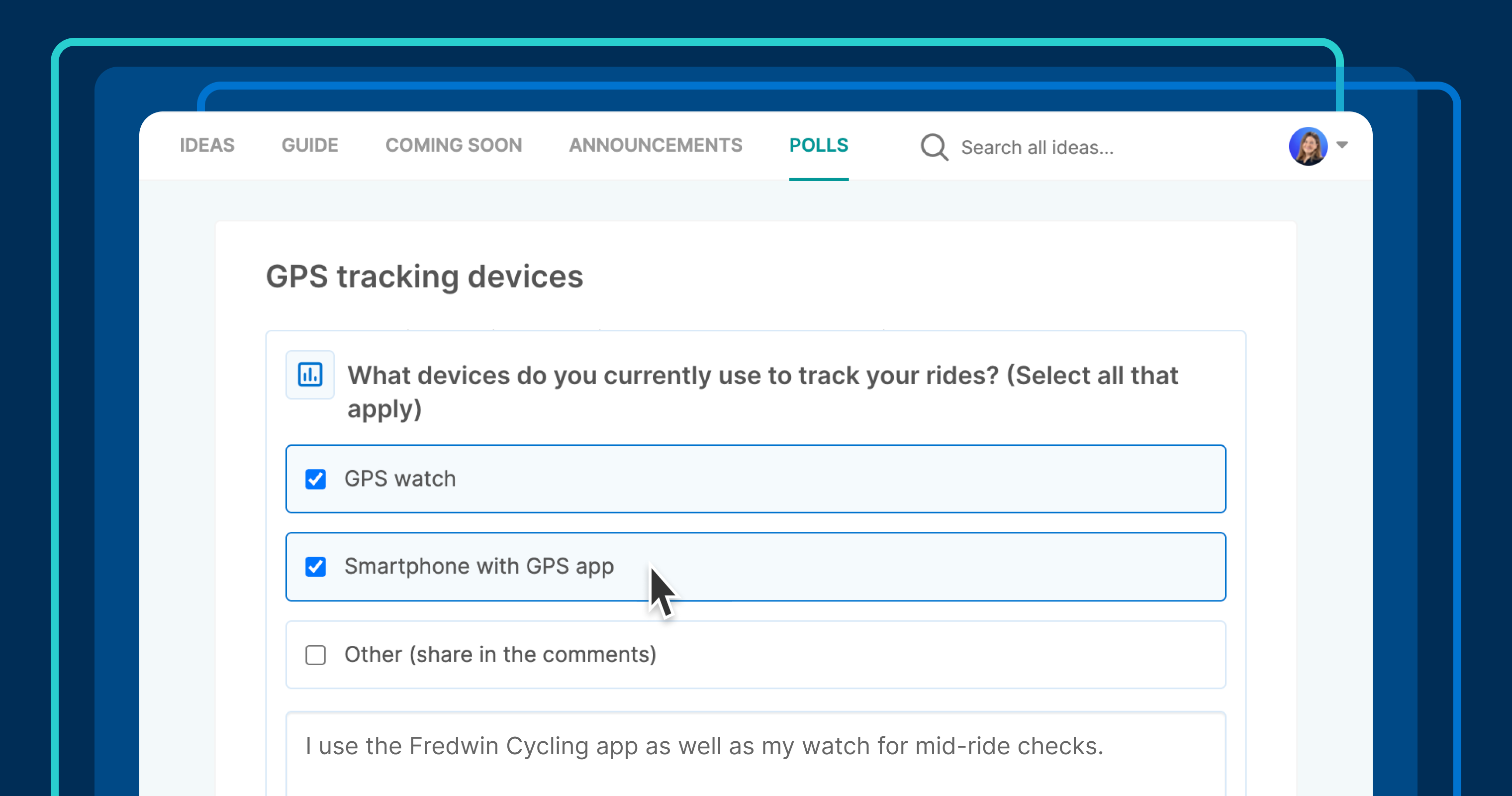How Duct Takeoff Services Streamline HVAC Project Planning and Bidding
In the competitive world of HVAC contracting, precision, speed, and cost-efficiency are critical. One of the key components that can make or break a successful HVAC project is the takeoff process.

In the competitive world of HVAC contracting, precision, speed, and cost-efficiency are critical. One of the key components that can make or break a successful HVAC project is the takeoff process. Duct takeoff services have emerged as a powerful solution that helps HVAC professionals accurately estimate material quantities, reduce waste, and improve bid competitiveness. This article explores how duct takeoff services streamline HVAC project planning and bidding, ultimately giving contractors a significant edge.
What Are Duct Takeoff Services?
Duct takeoff services involve the measurement and calculation of all ductwork components required for an HVAC system, based on architectural and mechanical drawings. These services are often provided by specialized firms or software platforms and include the estimation of:
-
Duct lengths and sizes
-
Fittings (elbows, tees, reducers, etc.)
-
Hangers and supports
-
Insulation materials
-
Accessories (registers, diffusers, dampers)
By generating detailed takeoff reports, these services allow contractors to visualize material needs and costs before starting the project.
The Traditional Takeoff Process: Challenges and Limitations
Before the advent of digital takeoff services, HVAC estimators relied heavily on manual processes. This meant physically reviewing blueprints, using rulers and scales, and manually jotting down measurements. Some of the main issues with this method include:
-
Human Error: Manual calculations are prone to mistakes, which can lead to inaccurate estimates.
-
Time-Consuming: Reviewing drawings line-by-line can take hours or even days, especially for large-scale projects.
-
Inconsistent Results: Different estimators may interpret drawings differently, leading to variations in estimates.
-
Difficulty in Updating Estimates: If project designs change, updating manual takeoffs can be cumbersome and error-prone.
These limitations can lead to underbidding (resulting in financial loss) or overbidding (leading to lost opportunities).
Benefits of Using Duct Takeoff Services
Leveraging duct takeoff services offers a wide range of advantages for HVAC contractors, engineers, and estimators.
1. Accuracy in Material Quantification
Duct takeoff services use digital tools to analyze project drawings with precision. This means:
-
All measurements are exact and standardized.
-
Reduces overestimation or underestimation of materials.
-
Supports better procurement planning, minimizing on-site delays due to missing parts.
2. Faster Estimating Process
Time is money in the construction industry. With duct takeoff software or professional services:
-
Takeoffs are completed in hours instead of days.
-
Estimators can generate multiple versions of an estimate for comparison.
-
Reduces bottlenecks during the pre-construction phase.
3. Enhanced Bid Competitiveness
Contractors who utilize accurate and efficient takeoff methods can submit bids faster and with greater confidence. This results in:
-
More opportunities to win projects.
-
Competitive pricing based on exact quantities, reducing risk margins.
-
Better presentation of bids with detailed breakdowns that appeal to clients.
4. Improved Collaboration and Communication
Duct takeoff reports often include visualizations and annotations that make it easier for teams to:
-
Share insights with architects, engineers, and clients.
-
Review quantities and project scopes collaboratively.
-
Ensure all stakeholders are aligned before construction begins.
5. Scalability for Large Projects
Manual takeoffs may work for small residential projects, but commercial and industrial HVAC systems involve complex duct layouts. Takeoff services:
-
Handle large volumes of data effortlessly.
-
Allow batch processing of multiple project files.
-
Help contractors scale their operations without increasing headcount.
The Role of Technology in Duct Takeoffs
Modern duct takeoff services are powered by advanced software tools such as:
-
AutoCAD-based Takeoff Tools: These tools allow integration with digital blueprints and automate ductwork recognition.
-
BIM Integration: Building Information Modeling (BIM) tools provide 3D visualizations, clash detection, and real-time updates.
-
Cloud-Based Platforms: Allow teams to access and update takeoff data from anywhere.
Such technologies ensure that the takeoff process is not only efficient but also integrates smoothly with the overall HVAC design and planning ecosystem.
Real-World Example: How Duct Takeoff Services Save Time and Money
Consider a mid-sized HVAC contractor bidding on a commercial office building project. By outsourcing duct takeoff to a specialized service, they received a detailed breakdown of all duct components within 24 hours. This included:
-
Exact linear footage of ductwork
-
Quantity and types of fittings required
-
Insulation and accessory needs
Armed with this data, the contractor was able to:
-
Submit a precise bid before competitors
-
Negotiate better rates with suppliers due to accurate material needs
-
Avoid costly change orders during construction
The result? A profitable project delivered on time and within budget.
Choosing the Right Duct Takeoff Service
Not all takeoff services are created equal. When selecting a duct takeoff service provider or software, consider the following:
-
Experience and Specialization: Choose services with a proven track record in HVAC estimating.
-
Software Compatibility: Ensure the tool integrates with your current CAD or BIM tools.
-
Turnaround Time: Fast service is essential for meeting tight bid deadlines.
-
Cost: Evaluate whether the pricing structure fits your project scale and budget.
-
Support and Training: Reliable customer support and training resources can ease the transition.
Future Trends in Duct Takeoff and Estimating
The HVAC industry continues to embrace digital transformation. Here are some future developments to watch:
-
AI-Powered Estimating Tools: Machine learning algorithms can analyze historical projects to improve accuracy and speed.
-
Full Automation: From blueprint import to final estimate, fully automated pipelines are becoming a reality.
-
Mobile Access: Estimators will increasingly be able to work from tablets and smartphones on job sites.
-
Green Building Integration: Takeoff tools will incorporate sustainability metrics to support LEED and energy-efficient designs.
Conclusion
Duct takeoff services are revolutionizing how HVAC contractors plan and bid for projects. By automating the material estimation process, these services not only save time and reduce errors but also make contractors more competitive and profitable. In a field where every dollar and deadline matters, embracing duct takeoff services is no longer optional—it's essential.
Whether you're a small business looking to streamline operations or a large firm managing multiple bids, investing in professional takeoff solutions will position your HVAC company for long-term success.









































































































![Building A Digital PR Strategy: 10 Essential Steps for Beginners [With Examples]](https://buzzsumo.com/wp-content/uploads/2023/09/Building-A-Digital-PR-Strategy-10-Essential-Steps-for-Beginners-With-Examples-bblog-masthead.jpg)





























![Senior Support Engineer - US West [IC3] at Sourcegraph](
https://nodesk.co/remote-companies/assets/logos/sourcegraph.f91af2c37bfa65f4a3a16b8d500367636e2a0fa3f05dcdeb13bf95cf6de09046.png
)




















